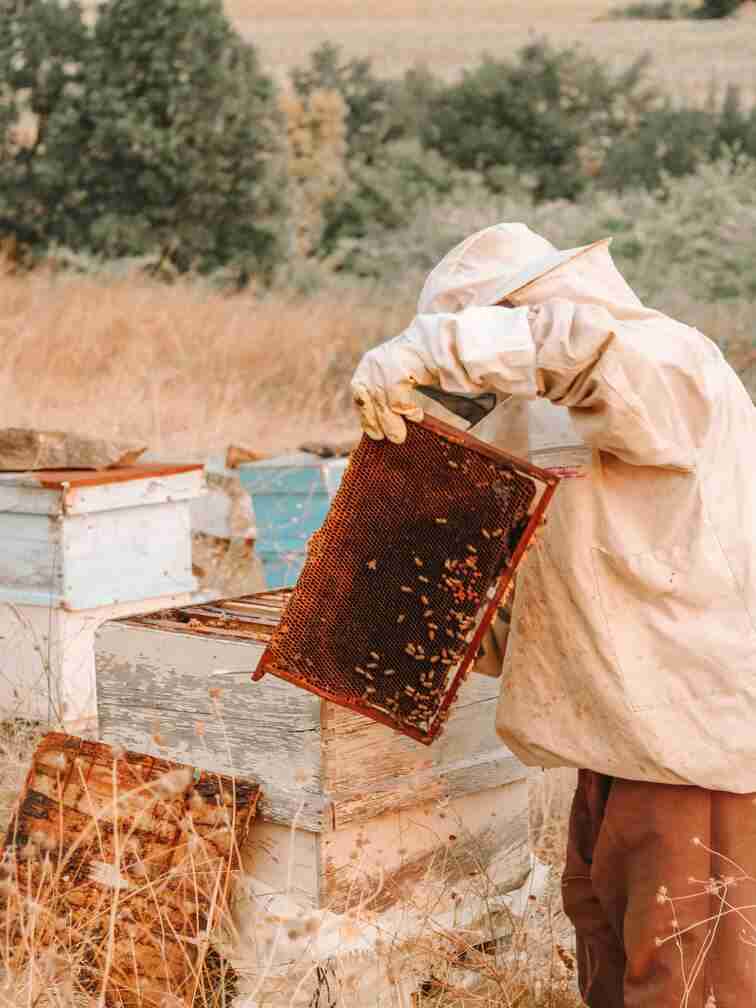Types of Beehives: Traditional vs Modern
Beekeeping has evolved significantly over the years, with traditional beehive designs giving way to more modern beehive equipment that cater to both beekeepers and the well-being of bees. Understanding the differences between various types of beehives such as the Langstroth beehive, Top-bar beehive, and Warre beehive can greatly influence a beekeeper’s approach and the health of their colonies.
Traditional Beehive Designs
Traditional beehives have been used for centuries and vary widely across different cultures. These designs often prioritize simplicity and are typically made from locally available materials such as straw, clay, or even wood. Examples include skeps, log gums, and mud hives. While these designs have historical significance, they often lack the precise management capabilities of modern hives.

Modern Beehive Equipment
Modern beehive equipment has revolutionized beekeeping, offering improved management practices and better conditions for honeybee colonies. These hives are designed with the understanding of bee behavior and the needs for efficient honey production and colony health maintenance.
Langstroth Beehive
The Langstroth beehive is perhaps the most widely used modern beehive design. Invented by Reverend Lorenzo Lorraine Langstroth in 1851, it features removable frames that allow beekeepers to inspect the colony without causing significant disruption. This design minimizes disturbance to bees and supports efficient honey extraction and colony management.
Top-Bar Beehive
A Top-bar beehive offers a simpler alternative to the Langstroth hive. It consists of bars suspended across the top of the hive, from which bees build comb downwards. This design is popular among natural beekeepers and those seeking a more hands-off approach to beekeeping.
Warre Beehive
The Warre beehive, developed by French beekeeper Abbé Émile Warré, emphasizes minimal intervention and natural comb building. It uses boxes stacked vertically, allowing bees to construct comb freely. This design aims to mimic the bees’ natural habitat and behavior, promoting colony health and vitality.
Choosing the right type of beehive depends on various factors such as beekeeper preference, management style, and local conditions. Traditional beehive designs reflect historical practices and local materials, while modern beehive equipment like the Langstroth beehive, Top-bar beehive, and Warre beehive offer advanced management features and cater to specific beekeeping philosophies. Each type has its advantages and appeals to different aspects of beekeeping, from honey production to ecological sustainability. Understanding these differences allows beekeepers to make informed decisions that benefit both their colonies and the environment.

